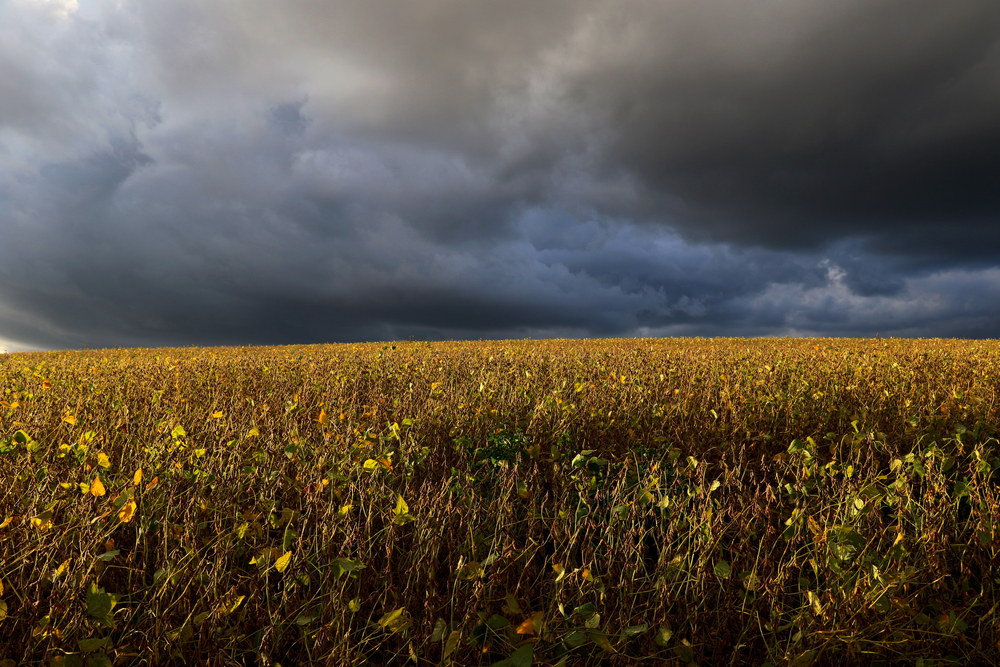Excessive rainfall in Brazil’s biggest soybean-producing states (Mato Grosso do Sul, Paraná, Santa Catarina, and Rio Grande do Sul) is leading to slower planting than the historical average, which may affect projections for the 2022/2023 harvest.
In Paraná, for example, soybean sowing advanced seven percentage points in a week, until last Monday, to 33 percent of the planted area. Last year, in the same period, planting was at 38 percent, according to data from Deral, an agency linked to the state government.
In an interview with Folha de S.Paulo, Fernando Muraro of AgRural said that his harvest forecasts have already dropped from up to 153 million tons to something closer to 150 million. Still, given the 3.4 percent increase in planted area to 42.89 million hectares, the crop is likely to be bigger than the last one.
The 2021/22 yield was 125.6 million tons, a decrease of approximately 10 percent compared to the 2020/21 harvest — largely due to high temperatures and drought in key producer states.
Paraguay is also suffering from excessive rain, while Argentina — the world’s third-largest soybean producer — may have to overcome the same challenge Brazil faced in the last harvest.
For now, Conab maintains its projections for soybean production in Brazil at 152.4 million tons for 2022/23.
The USDA, meanwhile, expects 152 million tons of soybeans in Brazil, and 51 million tons in Argentina.


 Search
Search






































